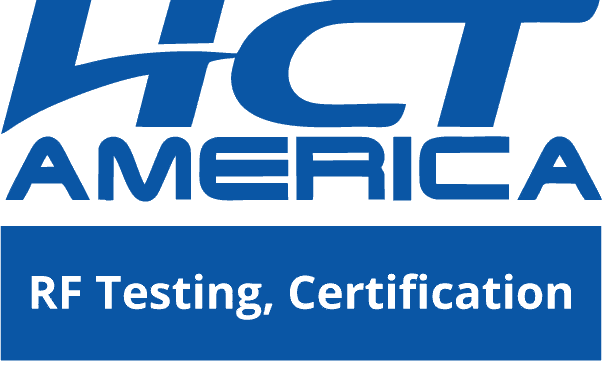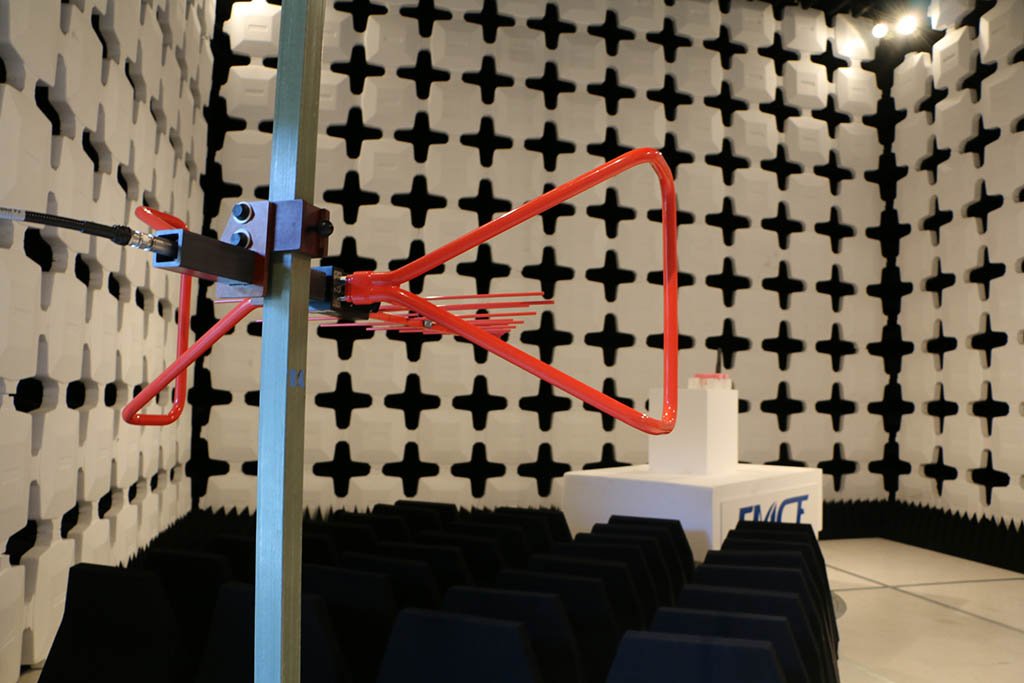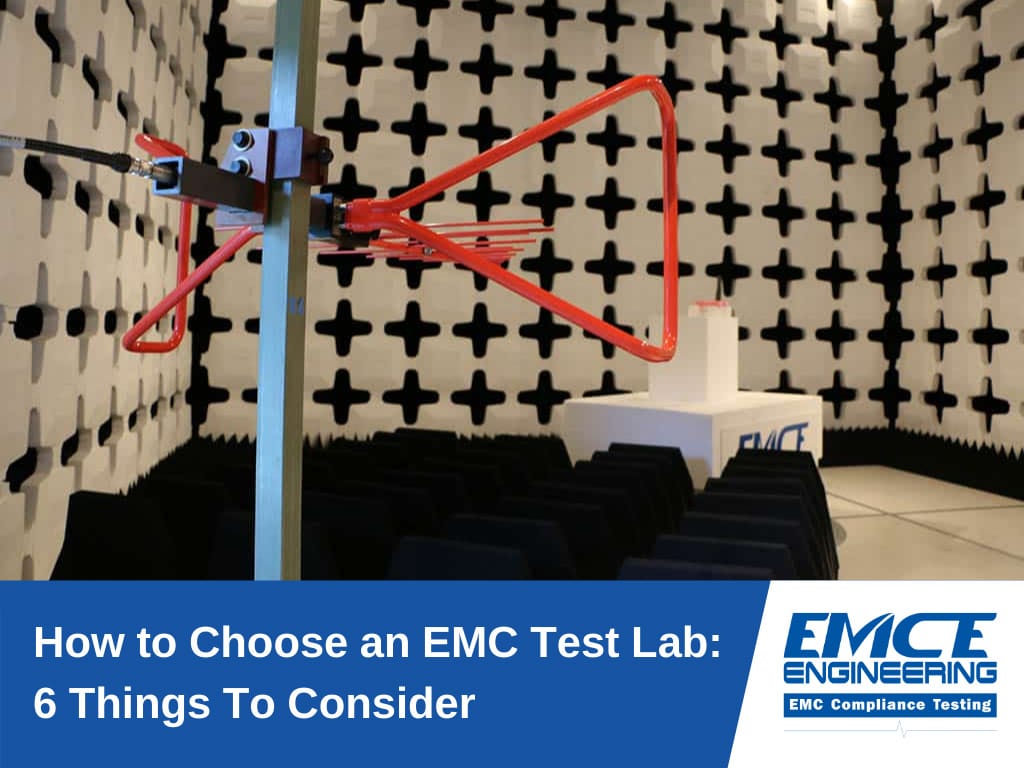Follow These 3 Steps for Quicker EMC Compliance Testing & Certification
EMC compliance testing evaluates if your device is capable of functioning properly in a shared environment.
A testing services firm assesses electromagnetic interference radiating out of your device and checks the immunity of your product against EM radiation. The performance is recorded and compared with the standards set by a national or international authority.
National and International EMC Compliance Standards
The Federal Communications Commission (FCC) publishes legally binding electromagnetic compatibility (EMC) guidelines for manufacturers and sellers of electronic equipment in the United States.
Innovation, Science and Economic Development Canada (ISED) and South Korea’s National Radio Research Agency (NRRA) are also national bodies setting standards for their countries.
In Europe, the International Electrotechnical Commission (IEC) issues standards, which are determinative European Norms (EN), once published in the Official Journal of the EU.
HCT America has assisted manufacturers in obtaining EMC compliance certification in over 125 countries. Let us answer your international EMC certification questions.
Why EMC Compliance Testing Matters
Testing, certification, and regulatory compliance is mandatory for entry into international markets. For instance, once your product is tested by an accredited testing laboratory, and an official FCC Grant of Certification is issued by a listed Telecommunications Certification Body such as HCT America LLC, your product is legal to sell in the USA.
The Testing Process
The process of EMC testing and certification is rarely a straightforward affair because it requires technical as well as regulatory expertise. Manufacturers work with accredited and independent EMC test labs for equipment authorization in order to leverage their expertise to expedite the process.
A testing facility helps manufacturers navigate the complex framework of technical and regulatory compliance testing. With proper planning and engineering consultation, manufacturers can shorten the time for FCC compliance testing significantly.
Getting EMC Certification Faster
HCT America strives to complete EMC certification testing quickly, responsibly, and economically. On their part, manufacturers can follow several practices before and during their visit to a TCB to speed up the process of EMC compliance testing and certification.
1. Know the Standards.
Research the regulatory requirements that apply to your product. This step requires understanding your device’s market (the US, the EU, Canada, or South Korea) and the technical specifications of your product. The FCC testing to check electromagnetic compatibility (EMC) is legally valid in the United States. In Canada, you will need a certification from ISED. Recognized body. Different jurisdictions have different regulatory compliance requirements. HCT America LLC is listed by FCC as a Telecommunications Certification Body, as well as by ISED as a Foreign Certification Body. Understanding your product is equally important. In most markets, intentional radiators are subject to a different set of legal requirements than unintentional radiators. Researching which set of requirements your device should be compliant to can be a complicated and often confusing process. If you have never been involved in EMC compliance testing before, consulting a testing service can speed up research.
2. Select an EMC Test Lab.
Choose an accredited laboratory whose testing facilities can complete testing in time and whose results will be considered valid in the market where you plan to sell your product. Research the laboratory’s Scope of Accreditation to ensure they are competent in the area applicable to your product.
3. Get or Create a Test Plan.
Your engineers can create one if they are familiar with EMC compliance testing. Coming up with a test plan in-house is much quicker if you have done that before for a similar device. However, if creating a plan does not seem feasible, you can ask your test lab to compose one.
A well-designed test plan generally includes:
a. Information on configuration
b. Mode of operation
c. Monitoring methods
d. Special software
e. Test fixtures
f. Description of the to-be-tested hardware
g. Description of peripherals and I/O configurations
h. Required tests
i. Well-defined failure criteria
j. Documented ways to monitor, recognize, and report failures
k. A complete description of any special requirements.
You will need to coordinate with the test lab beforehand regarding test support equipment, utility software for testing purposes, etc.
Summary
Globalization has opened up new markets and raised the standards an electronic device needs to comply with to be sold internationally. Manufacturers have to consider those standards during product development. HCT America helps manufacturers be sure that their product meets the EMC compliance testing criteria in over 125 countries worldwide. The process of testing is quick, and manufacturers can make it quicker by choosing their market, teaming up with an accredited testing services firm, and coming up with an intelligent test plan.







